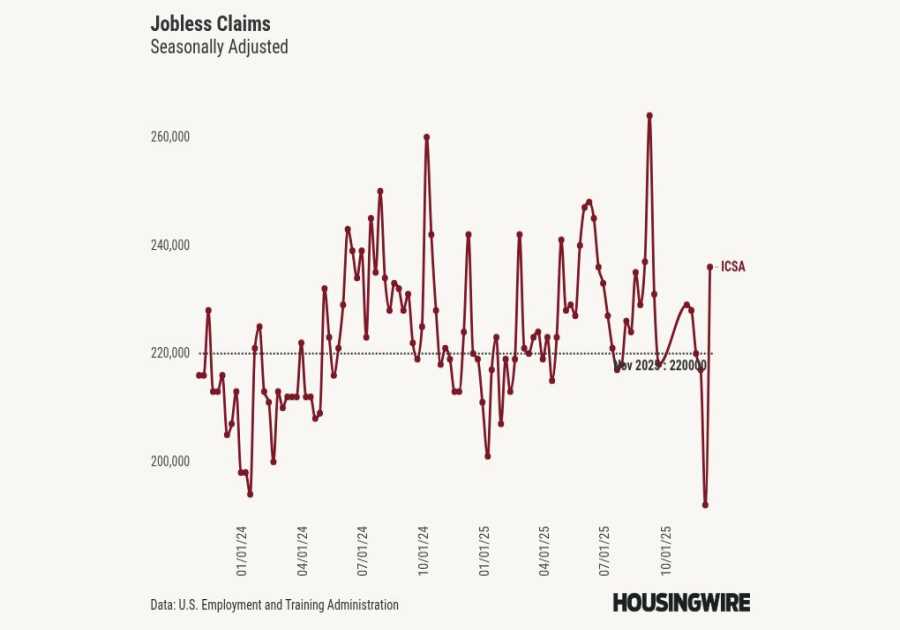Organizations are increasingly relying on their coworkers, skills, and, most importantly, their drive to survive in the long run. Companies use reward systems to boost employee motivation at work, but previous research has placed a low priority on competency development as part of a reward system. Traders and investors with a lot of experience assess their options carefully, looking for the best upside potential and the lowest risk of losing money. The risk-to-reward ratio indicates how much risk you must assume concerning the potential payoff.
If one investment yields the same return as the other while posing a lower risk, it will prove to be the better choice. In each financial transaction, the most significant risk is that you do not comprehend it. Do some analysis, look at historical performance records, and study up on risk efficiency of the financial sector. In a nutshell, be conscious of the risks you’re taking. It’s critical to keep these to a minimum, as numerous other hazards might cause you to lose money.
Risks of standard and counterparty
The best part is that settlement companies have mitigated much of the risk of a problematic opponent in a transaction. Many variable trades, i.e., holds of securities till the conclusion of a contract, are now cleared securely – with enough capital placed upwards to prevent delayed reimbursements. The most crucial tool for attaining goal alignment and ensuring that employees contribute to the organization is the way of rewarding. A reward system is set up to reward people involved if they meet specific performance objectives. Employees are rewarded for their accomplishments in both monetary and non-monetary ways.

More strict standards
Investing in derivatives is now more transparent than it has ever been. As a result of the global financial crisis, many derivative products have been heavily scrutinized and are currently more tightly regulated. The need for more exchange goods and the establishment of settlement organizations appear to have made the market situation far better. The most common mistake shareholders make is misinterpreting the market for the financial commodity or mutual fund on which their dependent investments are predicated. Formal reward systems, in which an employee must accomplish preset performance to be rewarded, and informal reward systems, in which employees might be awarded in the form of acknowledgment for outstanding service or lateral thinking, are the two other parts of the reward system.
Risk & reward ratio
The risk-to-reward ratio tells us how much risk a trader is willing to take in exchange for a potential profit. In other words, it calculates the possible return for each dollar someone risks on investment; the computation is straightforward. Consider where we want to start the trade, where we want to extract profits (if the exchange is successful), and where to place your stop loss before dividing the maximum risk by the net profit target (if it is a losing trade). Effective risk management necessitates this. Before beginning a trade, good traders set profit targets and stop losses. Once we have our incoming and outgoing strategies, we may compute our risk/reward ratio. We must divide the potential risk by the potential benefit to achieve this. The smaller this coefficient, the greater the potential reward per unit of risk.

As a result, an incentive system ensures that sales assistants and employers work toward the same goal. If the chosen control is wrongly structured, it might result in the comment thread, which means a section acts alone to improve its performance, resulting in a worsening company outcome. Regarding aligning goals, the reward system serves other purposes, such as drawing existing workers, training new hires, and offering motivation and incentives to work harder.
Conclusion
We discussed the risk & reward ratio and how traders might implement it into their investment strategy. To determine the risk profile of any money management approach, the risk/reward ratio must be calculated. When it comes to risk, it’s also a good idea to keep a transaction log. You can better understand the effectiveness of strategies and modify them to different market circumstances and asset classes by documenting your trades. When developing a reward system, it is critical to consider all the aspects of the system.
 About Complete Controller® – America’s Bookkeeping Experts Complete Controller is the Nation’s Leader in virtual bookkeeping, providing service to businesses and households alike. Utilizing Complete Controller’s technology, clients gain access to a cloud platform where their QuickBooks
About Complete Controller® – America’s Bookkeeping Experts Complete Controller is the Nation’s Leader in virtual bookkeeping, providing service to businesses and households alike. Utilizing Complete Controller’s technology, clients gain access to a cloud platform where their QuickBooks file, critical financial documents, and back-office tools are hosted in an efficient SSO environment. Complete Controller’s team of certified US-based accounting professionals provide bookkeeping, record storage, performance reporting, and controller services including training, cash-flow management, budgeting and forecasting, process and controls advisement, and bill-pay. With flat-rate service plans, Complete Controller is the most cost-effective expert accounting solution for business, family-office, trusts, and households of any size or complexity.
file, critical financial documents, and back-office tools are hosted in an efficient SSO environment. Complete Controller’s team of certified US-based accounting professionals provide bookkeeping, record storage, performance reporting, and controller services including training, cash-flow management, budgeting and forecasting, process and controls advisement, and bill-pay. With flat-rate service plans, Complete Controller is the most cost-effective expert accounting solution for business, family-office, trusts, and households of any size or complexity.
 The post Risk vs. Reward: What You Need to Know first appeared on Complete Controller.------------
The post Risk vs. Reward: What You Need to Know first appeared on Complete Controller.------------Read More
By: Complete Controller
Title: Risk vs. Reward: What You Need to Know
Sourced From: www.completecontroller.com/risk-vs-reward-what-you-need-to-know/
Published Date: Tue, 25 Oct 2022 14:00:34 +0000
Did you miss our previous article...
https://trendinginbusiness.business/finance/financing-tips-for-female-entrepreneurs
.png)





